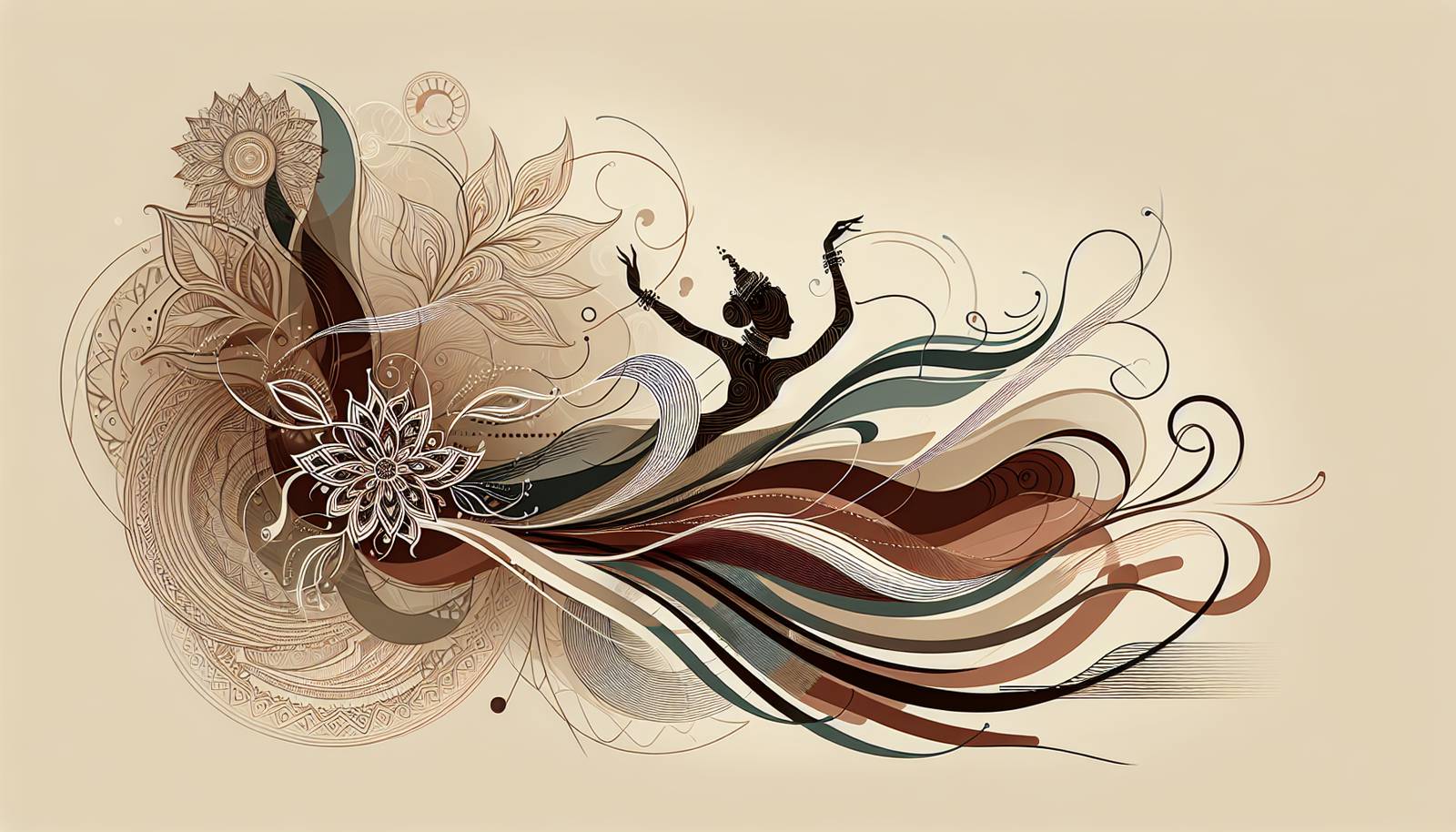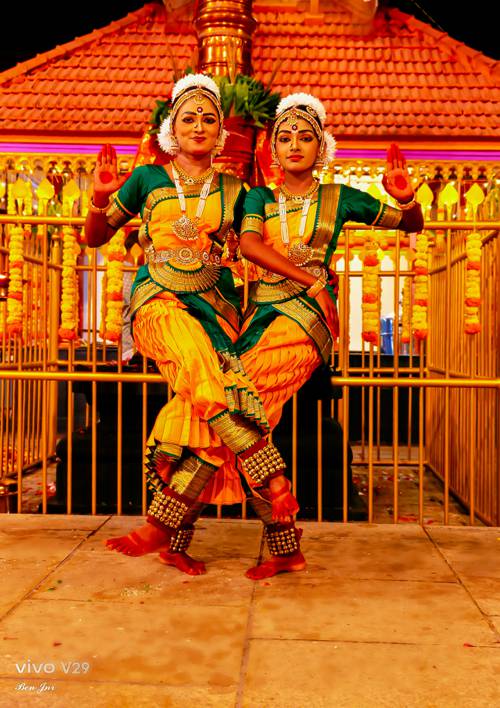
FAQ About Influence of Traditional Indian Dance on Global Choreography

What are some traditional Indian dance forms that have influenced global choreography?
Some traditional Indian dance forms that have significantly influenced global choreography include Bharatanatyam, Kathak, Kathakali, Odissi, Kuchipudi, and Manipuri. These dance forms are known for their intricate footwork, expressive gestures, and complex rhythms, elements that have been incorporated into various modern dance practices across the world.

How has Bharatanatyam influenced contemporary dance styles?
Bharatanatyam has influenced contemporary dance styles by contributing its intricate rhythmic patterns, expressive facial expressions, and storytelling techniques. Many contemporary choreographers incorporate its precise hand gestures, known as mudras, and its dynamic movements, which add depth and cultural richness to modern performances.

In what ways has Kathak contributed to global dance routines?
Kathak has contributed to global dance by introducing rapid spins, complex footwork, and fluid expressions into various choreography practices. The dance's emphasis on storytelling through movement and gestures has helped shape narrative elements in theatrical and modern dance performances worldwide.

Can you give examples of global performances or artists influenced by Indian classical dance?
Notable examples include international performers and choreographers like Akram Khan, who blends Kathak with contemporary dance, and Mark Morris, who has drawn inspiration from Indian dance aesthetics. Productions such as "The Most Incredible Thing" showcase these influences as well.

Why are Indian classical dance forms significant in today's global dance scene?
Indian classical dance forms are significant because they offer a rich tapestry of stylistic movements, narratives, and cultural diversity that enhance the global dance landscape. These dance forms provide innovative ways of expression and storytelling that resonate with audiences worldwide, fostering cross-cultural dialogue and creativity.

How have traditional Indian dances been incorporated into Western ballet?
Traditional Indian dances have been incorporated into Western ballet through the use of expressive storytelling, intricate arm and hand movements, and complex footwork. Choreographers have adapted these elements to create unique fusions that broaden ballet's narrative and stylistic repertoire.

What role does Indian classical dance play in cultural exchange through choreography?
Indian classical dance plays a vital role in cultural exchange by sharing its rich tradition of rhythm, expression, and storytelling with global audiences. This exchange encourages mutual understanding and appreciation between cultures, often leading to innovative choreography that blends diverse dance traditions.

How do Indian dance forms influence Bollywood choreography and its global spread?
Indian dance forms heavily influence Bollywood choreography, contributing elements like energetic footwork, dramatic expressions, and traditional gestures. As Bollywood gains international popularity, these dance styles are introduced to global audiences, further enhancing their influence on world dance trends.

Are there specific movements from Indian classical dances that are commonly used in modern choreography?
Yes, specific movements such as the graceful hand gestures (mudras) from Bharatanatyam, the intricate footwork of Kathak, and the storytelling expressions from Kuchipudi are commonly adapted in modern choreography. These elements serve as focal points for creating fusion pieces and innovative dance routines.

How do traditional Indian dances enhance storytelling in global choreography?
Traditional Indian dances enhance storytelling by providing a rich vocabulary of movements and gestures that convey emotions and narratives powerfully. Techniques like facial expressions and symbolic hand gestures are used in global choreography to add depth and cultural context to performances.

What makes Indian classical dance forms unique compared to other traditional dances?
Indian classical dance forms are unique for their combination of rigorous technical prowess, deep-rooted cultural significance, and expressive storytelling. They utilize specific hand gestures (mudras), detailed facial expressions, and complex rhythms that distinguish them from other traditional dances.

Have Indian dance forms influenced any specific contemporary dance companies?
Yes, Indian dance forms have influenced contemporary dance companies such as the Akram Khan Company and Shobana Jeyasingh Dance, where traditional elements like Kathak are integrated into modern dance works, challenging conventions and expanding artistic boundaries.

What are mudras, and why are they important in choreography?
Mudras are symbolic hand gestures used in Indian classical dance to convey ideas, emotions, and stories. They are important in choreography for their expressive capability, enabling dancers to communicate complex narratives and enhance the emotional impact of performances.

Can learning traditional Indian dance benefit a contemporary dancer?
Yes, learning traditional Indian dance can benefit a contemporary dancer by enhancing their rhythmic precision, expressive capabilities, and cultural understanding. These skills can diversify a dancer's repertoire and influence more innovative and contextually rich choreography.

What impact does the fusion of Indian classical dance with modern dance have on audiences?
The fusion of Indian classical dance with modern dance captivates audiences by offering a dynamic blend of traditions and contemporary aesthetics. It enriches performances by offering a new perspective on cultural narratives and showcasing the versatility and adaptability of dance forms.

How has globalization influenced the spread of Indian classical dance?
Globalization has played a significant role in spreading Indian classical dance, making it more accessible through international tours, digital platforms, and collaborations. This widespread exposure has increased interest and appreciation, inspiring integration with other dance styles worldwide.

Are Indian classical dance elements used in any digital or virtual reality dance experiences?
Yes, Indian classical dance elements have been incorporated into digital and virtual reality dance experiences to explore cultural narratives and expand creative boundaries. Technologies allow choreographers to present traditional dance in new dimensions, reaching broader audiences.

What challenges do choreographers face when integrating Indian dance forms into other dance styles?
Choreographers face challenges such as maintaining the authenticity of the Indian dance elements while ensuring seamless integration with other styles. They must also be sensitive to cultural interpretations and avoid misrepresentations, ensuring respectful and accurate storytelling.

How do Indian classical dances contribute to the academic study of global dance histories?
Indian classical dances contribute significantly to the academic study of global dance histories by providing insights into ancient practices, cultural exchanges, and the evolution of dance traditions. Studying these forms helps scholars understand their impact and adaptability in contemporary contexts.

What is the future of Indian dance forms in global choreography?
The future of Indian dance forms in global choreography is promising as they continue to inspire creativity and innovation. As global audiences become more culturally aware and receptive, these dance forms are likely to see increased integration, leading to new artistic expressions worldwide.
